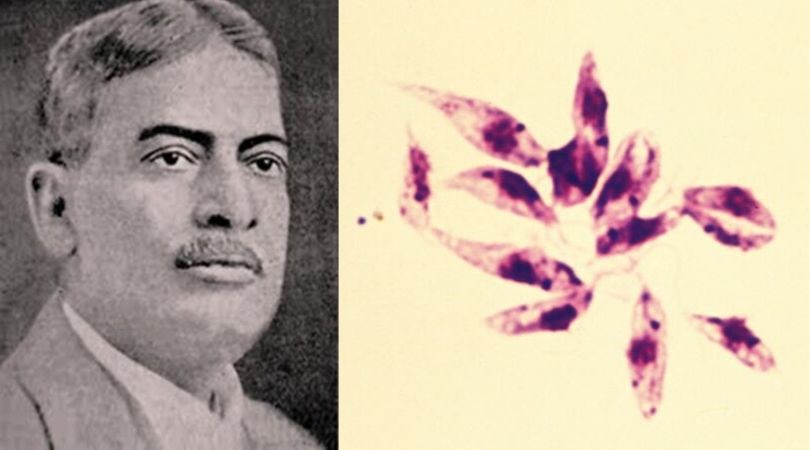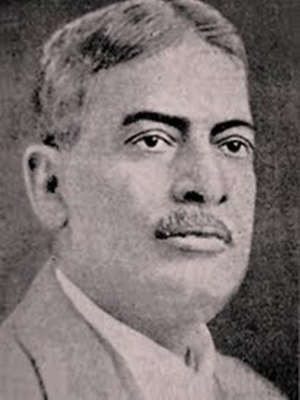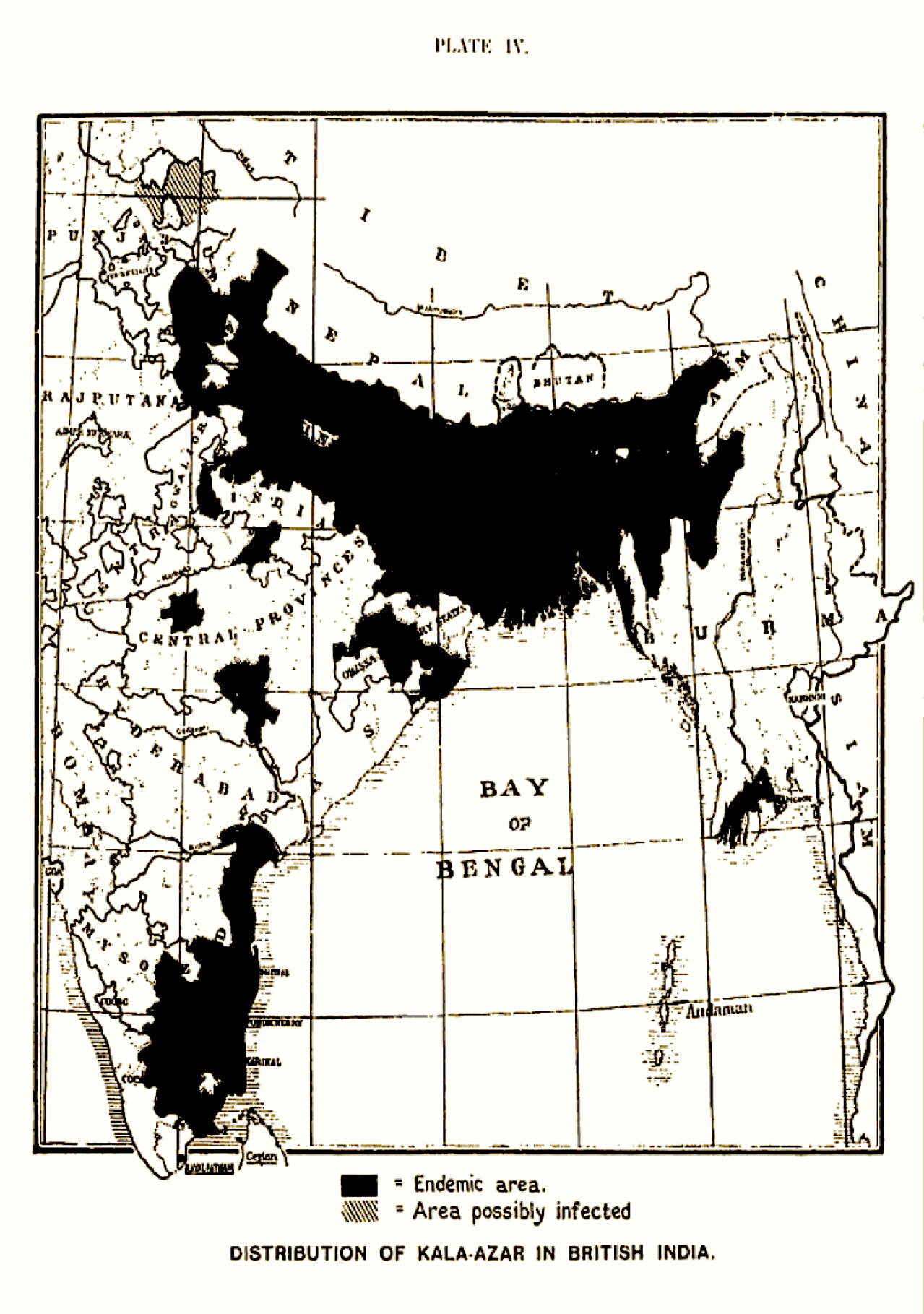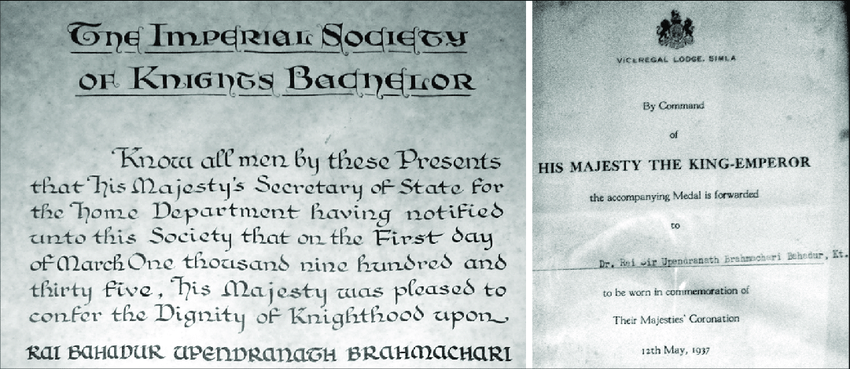Saving Millions With His Work, This Unsung Doctor Almost Won India’s First Nobel in Medicine!
Nominated for the #NobelPrize, this unsung pioneer also identified a new disease, which is now named in his honour as Brahmachari Leishmanoid. Furthermore, he also set up India's first blood bank! #ForgottenHeroes #IndiansInScience

Finding a cure to any disease is a monumental achievement. While there are several Indians who have made important discoveries in medical science, did you know that an Indian doctor almost won a Nobel Prize for one such distinction in 1929?
Are you a big fan of pretty stationery? Check out these beautiful diaries, here!
We are referring to Dr Upendranath Brahmachari, the pioneer who discovered Urea Stibamine, the life-saving drug widely employed in the treatment of Kala-azar,(Visceral leishmaniasis), a disease that affects internal organs like the liver, bone marrow and the spleen.

Kala-azar is transmitted via sand flies, and the first outbreak was reported in 1870 in Assam. It led the death of thousands of people across districts like Nagaon, Goalpara, Garo Hills and Kamrup, and eventually spread to West Bengal and Bihar.
Doctors around the world attempted to find a cure but were mostly unsuccessful. Dr Brahmachari not only pulled off the impossible but thanks to his discovery, the mortality rate from the disease which was 95 per cent was brought down to 10 per cent by 1925 and 7 per cent by 1936.
Academic life
Dr Brahmachari was born in Jamalpur in Bihar on December 19, 1873. His father, Nilmony Brahmachari, was a physician in the East Indian Railways while Saurabh Sundari Devi, his mother, was a homemaker. He completed his school education from Eastern Railways Boys’ High School in Jamalpur.
He completed a BA in Mathematics and Chemistry from the Hooghly Mohsin College in 1893, following which he switched tracks and pursued a Master’s degree in Chemistry from the Presidency College in 1894.

He changed courses again and enrolled for a Doctor of Medicine (MD) degree from the University of Calcutta. He finally received this degree in 1902 and then in 1904, he earned a PhD for his thesis on ‘Haemolysis.’
Medical practice
In 1899, he joined the Provincial Medical Service as a professor of Pathology and Materia Medica. He also served as a physician at the Dacca Medical School in 1901. In 1905, he moved on to the Campbell Medical School in Kolkata where he served as a teacher and a physician. It was here that he would relentlessly pursue the antidote for Kala-azar.
Towards the end of 1919, the Indian Research Fund Association released a grant to Dr Brahmachari to conduct further research into the treatment of the disease.
He carried out his research work in Campbell Hospital, in a small, ill-equipped room and finally tasted success in 1922, after discovering an agent against Kala-azar, the urea salt of para-aminophenyl stibnic acid, which he named Urea Stibamine.

Speaking about the accomplishment, Sir John Kerr, the then Governor of Assam remarked:
“The progress in the campaign against Kala-azar in Assam has been phenomenally rapid. Dr. Brahmachari’s researches in the treatment of Kala-azar were one of the most outstanding contributions in tropical therapeutics, as a result of which three lakhs of human lives were saved in the Province of Assam alone during the course of ten years.”
Dr Brahmachari’s achievement is considered to be a milestone in the successful application of science in medical treatment in the years before the discovery and arrival of antibiotics.
His contributions to medicine did not end with this discovery. He would become the first to identify, a skin infection which occurs in patients who have recovered from Kala-azar, and it would go on to be named Brahmachari Leishmanoid, after him.
He is also remembered for his pioneering work in the treatment of malaria, the old Burdwan fever, quartan fever, blackwater fever, cerebrospinal meningitis, filariasis, leprosy and syphilis.
Other Achievements

Following the discovery, he joined the Medical College Hospital as the Additional Physician in 1923 and founded the ‘Brahmachari Research Institute’ in the vicinity of his home in Kolkata.
After retiring from government service in 1927, he joined the Carmichael Medical College in Kolkata as Professor of Tropical Diseases. He was also in charge of the Tropical Disease Ward at the National Medical Institute, and the HOD of the Department of Biochemistry and Honorary Professor of Biochemistry at the University College of Science, Calcutta.
Dr Brahmachari was a passionate social worker as well. He was instrumental in setting up the world’s second blood bank in Kolkata in 1939. Subsequently, he also went on to chair the Blood Transfusion Service in Bengal. He was also the first Indian to become the Chairman of the managing body of Red Cross in Bengal.
Awards and accolades
Being nominated to receive the Nobel Prize in the physiology and medicine category is not the only feat he achieved. In 1921, he received the ‘Minto Medal’ for his work by the Calcutta School of Tropical Medicine and Hygiene.
He was also conferred a Knighthood by the British Government in 1934. The Asiatic Society of Bengal honoured him with the Sir William Jones Medal’ while, the University of Calcutta felicitated him with the ‘Griffith Memorial Prize’.
This underrated genius passed away at the age of 72, on February 6, 1946. While his tremendous contributions to medicine have not received their due attention, he will always be remembered as the scientist-physician who saved millions of Indian lives.
Also Read: Robert Foote: How An English Geologist Became The ‘Father of Indian Prehistory’
(Edited By Gayatri Mishra)
Like this story? Or have something to share?
Write to us: [email protected]
Connect with us on Facebook and Twitter.
This story made me
-
97
-
121
-
89
-
167
Tell Us More
We bring stories straight from the heart of India, to inspire millions and create a wave of impact. Our positive movement is growing bigger everyday, and we would love for you to join it.
Please contribute whatever you can, every little penny helps our team in bringing you more stories that support dreams and spread hope.



















